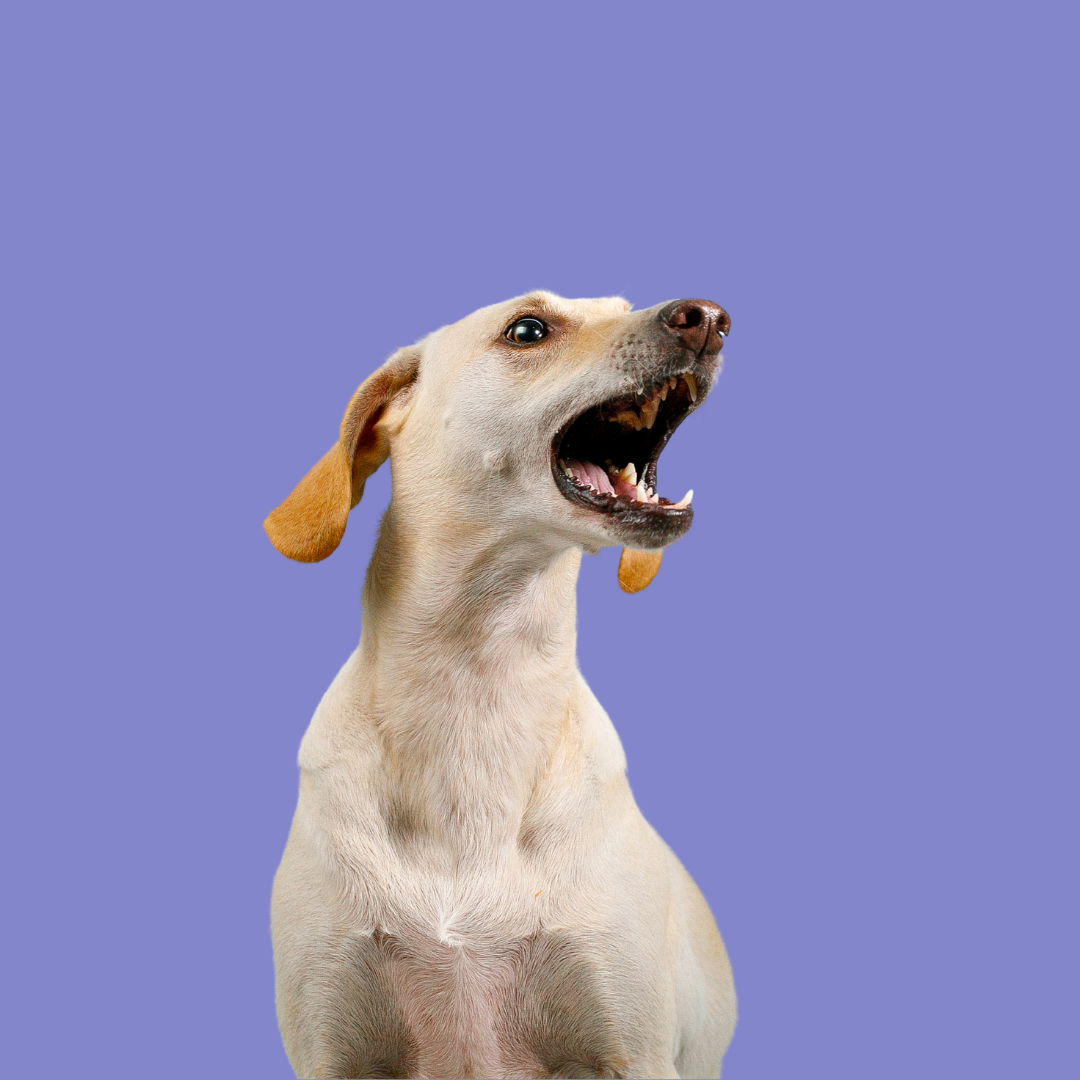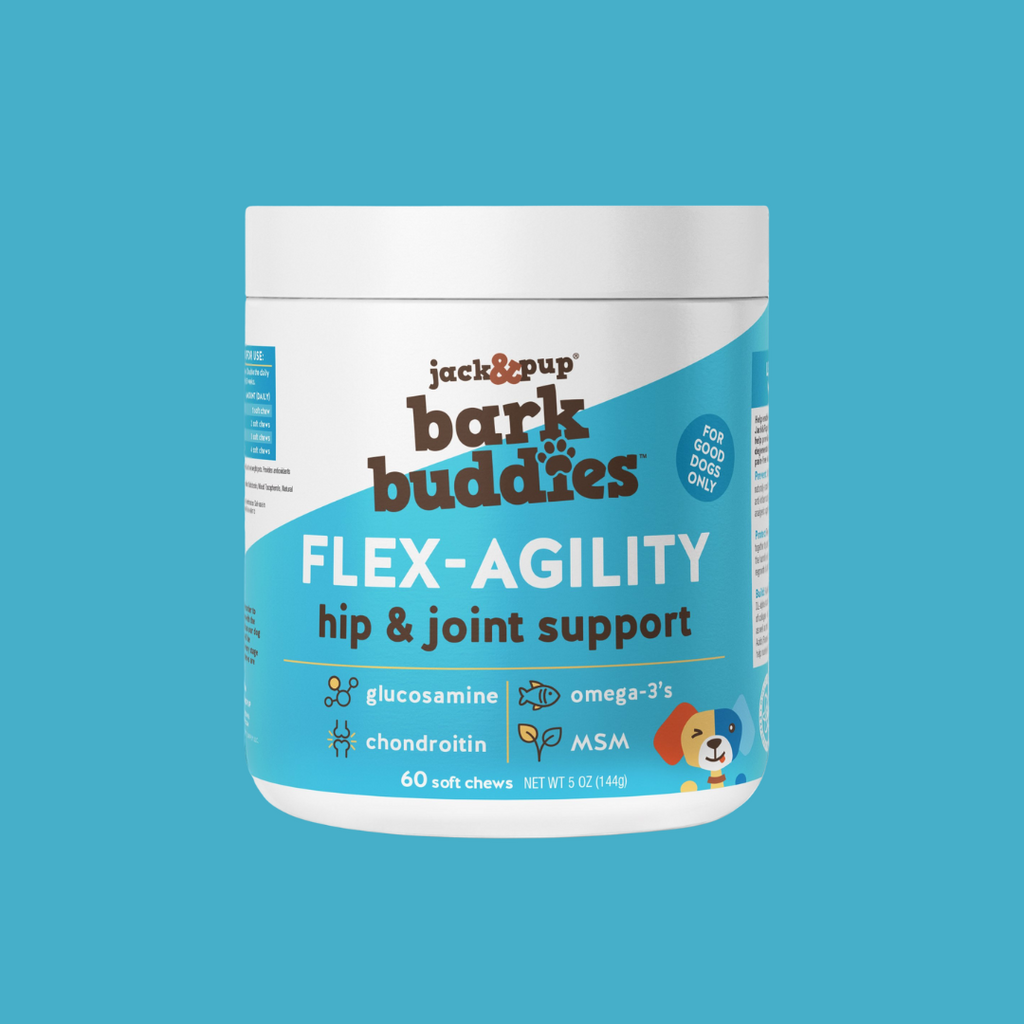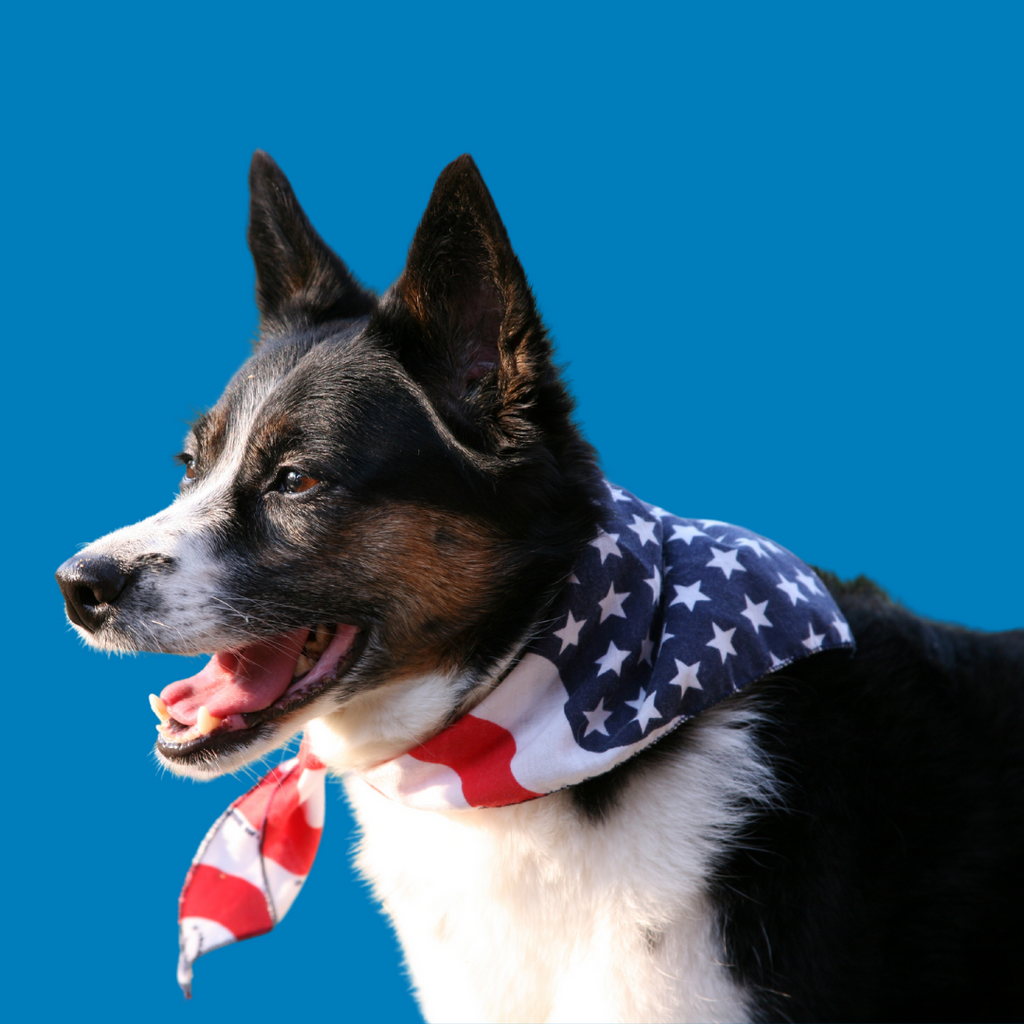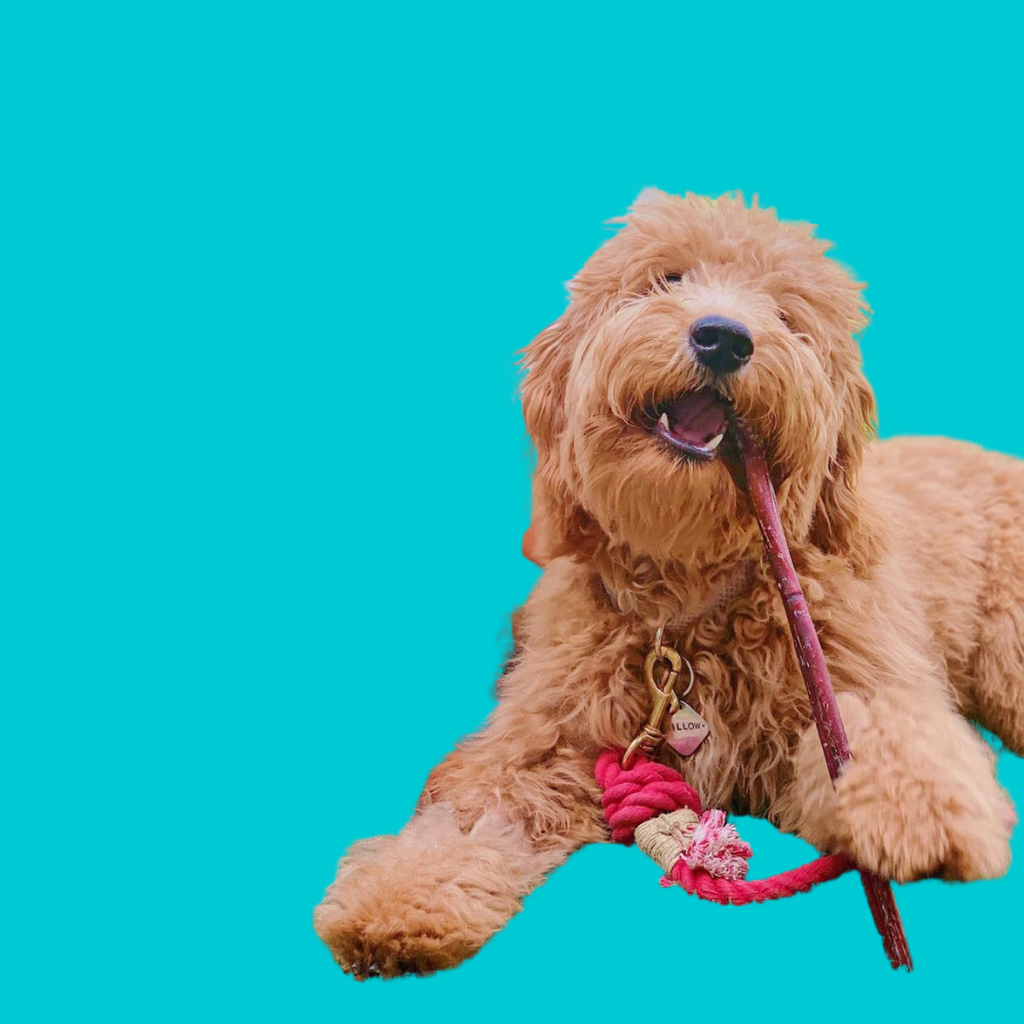
Like humans, dog use verbal and nonverbal cues to communicate. Barking is your pup’s way of talking to you, together with its non-verbal body language. Until you learn the intricacies of bark language, here are some clues as to what your dog is trying to convey through barking.
Excitement
When your pup barks as you walk into the house, or as you walk to the pantry to get their snack – Those are barks of excitement!
Attention
Sometimes dogs bark to get your attention. They are hungry or want to go on a walk or just want some cuddle time. They want you to pay attention and provide whatever it is their need. If your pup is on a clear schedule, it’s easier to determine what he/she is asking for. Otherwise, use trial and error or have your pup show you what it’s looking for.
Boredom
When a dog gets bored they will often bark for some mental or physical stimulation. Stimulation is very important to a dog’s routine to ensure that destructive habits do not develop. Some smart dogs will go over to the leash and drag it to you while yipping for a walk. Or will roll a ball or puzzle to your feet to help you get the hint as to its needs.
Defensive
Defensive barking is a reaction to a situation that makes your dog uncomfortable or scared, such as a stranger approaching or another dog nearby.
The dog’s body language will indicate whether they are communicating fear/ anxiety or a territorial stance.
Pain
Dog will bark a higher pitched sound when they are in pain. If your pup barks like this when you touch or pet them, something may be hurting them or they may be anticipating pain from being touched. This should indicate a trip to the vet to have them checked out.
Surprise
When a pup bumps into a surprise, they’ll let out a reactive yelp! As long as the dog is not aggressive, this need not indicate that they’ll jump out or attack. This can happen if you walk up to a dog that didn’t notice your approach or if something unexpected happens around them.
Of course, these are just common examples of why dogs bark. There can be many more in any day-to-day situation. The key to is pay attention to body language and look for any stimulus that will give you a clue as to your pup’s needs.



